Did you know that more than 50 million Americans are currently living with low bone density? Or that if you are over the age of 50, then your risk of having low bone density increases to over fifty percent?
Scary, I know
Especially when you consider that having poor bone density seriously increases your risk of bone fractures and breaks – many of which can become fatal in later life.
Which is why we wanted to outline how you can improve the health of your bones.
How does bone density change as you age?
Bone density and aging.
What many people don’t realize is that your bones are a dynamic organ (Demontiero, 2012).
In this manner, they undertake a continual self-regeneration process known as bone remodeling. This process of remodeling describes the removal of old bone tissue, and its replacement with new bone.
This process is perpetual, in which it happens slowly and continually each and every day.
However, as we get older, this process becomes a little lopsided.
The removal of old bone begins to outweigh the layering of new bone. Over time, this leads to a loss of bone density and eventually the onset of osteoporosis.
It is commonly accepted that bone density peaks at around the age of 30, after which it starts to decline at a rate of around 1% per year. This rate accelerates in women after the onset of menopause, while staying consistent in males across the lifespan.
Does exercise increase bone density?
Now, there is no doubt that some genetic factors play a role in the rate at which you will lose bone – but they may not actually be the biggest player.
In fact, recent research has shown that lifestyle factors may play a much bigger role.
Especially exercise (Carter, 2014).
Exercise provides a mechanical stimulus to your body telling it that it needs to keep its bones strong and resilient. If the mechanical load is great enough, this can even increase the rate of bone layering, therefore increasing bone density.
But when it comes to bone density not all exercise is created equal.
Related Article: Exercise as a Stimulus for Bone Health
The best bone building exercises
As I alluded to above, for exercise to have a positive effect on bone health, it needs to involve load.
This means impact related aerobic exercises like jogging, skipping, running, and sprinting, all offer fantastic ways to preserve and increase bone density.
But even better is weight training (Benedetti, 2018).
Progressive resistance training has been shown to cause significant improvements in bone density. This effect appears to be optimized with three weight training sessions per week, and with exercises that load the skeleton in an axial manner.
This means when it comes to weight training and bone density, things like heavy squats, deadlifts, and lunges should be your first point of call.
Jump training and bone health benefits
In conjunction with weight training, there has also been some recent research looking into jump training and its effects on bone health.
And the results have been pretty impressive thus far.
Simply put, jump training (also called plyometric training in some circles) is a type of exercise that has you jumping. Exercises like box jumps, single leg hops, broad jumps, and even skipping can all be considered a form of jump training.
For the longest time this type of training was almost entirely reserved for athletes. This is because it can improve jump height, change of direction speed, acceleration, agility, and even prevent against injuries.
However, over the last few years it has become increasingly popular in older populations with research clearly demonstrating that it also has the power to increase bone density (Kato, 2006; Hinton, 2015).
I should note that in this situation one mode of exercises is not better than the other.
In fact, I would recommend a combination of weight training and jump training to optimise the development of bone.
How much exercise is needed for good bone health?
I mentioned earlier in the article that three weight training sessions per week appears best when it comes to improving bone density. Additionally, research has shown that three jump sessions per week will also provide optimal bone benefits.
With this in mind, if you are intending to use both of them in your training, I would encourage you to perform three sessions of heavy weight training per week, with the addition of 1-2 jump sessions.
This could be further supplemented by some lighter intensity impactful aerobic exercises (like skipping or jogging) 3-5 times per week.
Can too much exercise be harmful for bone health?
Now, can you exercise too much – I mean, is too much exercise hard on your bones?
And in short, kind of – but it isn’t strictly because of the exercise (MacKnight, 2017).
Let me explain.
Some people think that athletes are at a greater risk of low bone density because they train so much. They believe their bones become ‘overused’, which causes a loss in bone mineral density
But this isn’t really what happens – remember, exercise has been shown to improve bone density.
During intense periods of training, you will see small increase in the breakdown of muscle and connective tissue (including bone).
However, if your recovery and nutrition is on point, this breakdown will stimulate the growth of new bone and muscle tissue.
It is this that essentially describes the body’s response to exercise.
But if your recovery and nutrition is poor, then tissue breakdown will outweigh adaptation and growth. And if this is sustained over long periods of time, it can lead to a loss of bone mineral density.
So, while too much exercise is not necessarily the culprit, inadequate recovery from that exercise can be.
Related Article: Exercise: Is It Passion Or Addiction?
Nutrition and bone density
Earlier in this article I mentioned that loss of bone density is heavily dictate by lifestyle factors – of which exercise is of great importance.
But what I didn’t mention is the fact that diet is just as important.
First and foremost, you want to ensure that you are eating enough energy to meet your exercise demands. This is integral your recovery after your workouts, which will optimise the growth of new bone (Sahni, 2015).
Additionally, there is also evidence to suggest that higher intakes of Vitamin D, magnesium, and calcium can all delay the loss of bone – as will diets rich in fruits, vegetables, seafood, and dairy.
So eat a lot of them!
Tips for increasing bone density
Taking all this information into consideration, I wanted to provide you with the best bone health tips on the planet. If you manage to stick to these, then you will be in a very good place to keep your bones healthy indefinitely.
- Lift weights using big compounds movements 3 times per week
- Perform jump training 1-2 times per week
- Do some form of impact aerobic exercises 3-5 times per week
- Eat adequate energy to sustain your workouts
- Consume enough protein (~1.6 grams per kilogram of bodyweight per day) to recover from your training
- Supplement with calcium, magnesium, and vitamin D
- Eat a diet rich in fruits, vegetables, seafood, and dairy
Pretty simple really.
Related Article: Exercise as a Stimulus for Bone Health
Take Home Message
In modern day, the loss of bone density with age is an expectation – but it doesn’t have to be.
In fact, it shouldn’t be.
By making sure that you exercise appropriately and consume a nutritious diet, you can sustain and even improve your bone density across your lifespan, preventing a myriad of health issues in the process.
References
Demontiero, Oddom, Christopher Vidal, and Gustavo Duque. “Aging and bone loss: new insights for the clinician.” Therapeutic advances in musculoskeletal disease 4.2 (2012): 61-76.
Carter, Melissa I., and Pamela S. Hinton. “Physical activity and bone health.” Missouri medicine 111.1 (2014): 59.
Benedetti, Maria Grazia, et al. “The effectiveness of physical exercise on bone density in osteoporotic patients.” BioMed research international 2018 (2018).
Kato, Takeru, et al. “Effect of low-repetition jump training on bone mineral density in young women.” Journal of Applied Physiology 100.3 (2006): 839-843.
Hinton, Pamela S., Peggy Nigh, and John Thyfault. “Effectiveness of resistance training or jumping-exercise to increase bone mineral density in men with low bone mass: A 12-month randomized, clinical trial.” Bone 79 (2015): 203-212.
MacKnight, John M. “Osteopenia and osteoporosis in female athletes.” Clinics in sports medicine 36.4 (2017): 687-702.
Sahni, Shivani, et al. “Dietary approaches for bone health: lessons from the Framingham Osteoporosis Study.” Current osteoporosis reports 13.4 (2015): 245-255.
You Might Like:
How to Increase Bone Health
Did you know that more than 50 million Americans are currently living with low bone...Exercise to Prevent Osteoporosis
Hunter Bennett In modern society, we are now being afflicted by a number of unique...The Evolution Of Exercise Prescription In Bone Health
Dr. Sarah West In September 2017, I had the pleasure of attending one of my...Athletes May Be Suffering From Vitamin D Deficiency
Moji Kaviani, Ph.D., CEP If you are not getting out a few times per week...Is Milk Beneficial for Exercise Recovery?
Moji Kaviani, Ph.D., CEP The animal source proteins such as milk, containing 80% casein and 20%...Increase Strength, Increase Lifespan
Katie Rose Hejtmanek, PhD, Anthropologist With a significant portion of the world’s population aging, it is...Running Does Not Cause Arthritis
Ryan Cross, B.A. Hons (Kin), MScPT, FCAMPT Registered Physiotherapist in Sarnia, Ontario, Canada Physical changes...4 Essential Exercises
Dayton Kelly Essential to the development of any strong training plan is the concept of...Exercise Motivation to Prevent Age-Related Body Changes
Julia Basso – PhD As we age, the body goes through many changes. These include...Get Active To Prevent Disc Problems
Ryan Cross, B.A. Hons (Kin), MScPT, FCAMPT Registered Physiotherapist in Sarnia, Ontario, Canada There...Get Active With Rheumatoid Arthritis
Gillian White – MSc, PhD (C), University of Toronto, Department of Exercise Sciences Rheumatoid arthritis...New Exercise Recommendations For Osteoporosis
Sara Thompson – M.Sc. in Exercise Science Osteoporosis is characterized by low bone mineral density,...15 Minutes Of Soccer Can Improve Bone Health
Sara Thompson – M.Sc. in Exercise Science In my last article I discussed the novel...Don’t Let Your Twisted Ankle Become A Chronic Problem
Ryan Cross It seems as though everyone has twisted their ankle at some point in...When You Should Go See a Physical Therapist
Ryan Cross – B.A. Hons (Kin), MScPT, FCAMPT Physical activity and a healthy lifestyle are...Increase Your Immune System Through Exercise
Julia Basso – PhD The immune system is a complicated network of cells, including T...Improve Muscle Function: Osteocalcin
Julia Basso – PhD As we age, cognitive decline is a problem that many of...Exercise as a Stimulus for Bone Health
Evan Stevens Based on a talk by Tom Hazell at Take Control of Your Health/Wellness...The post How to Increase Bone Health appeared first on ForeverFitScience.
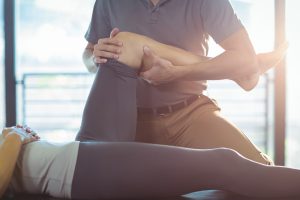

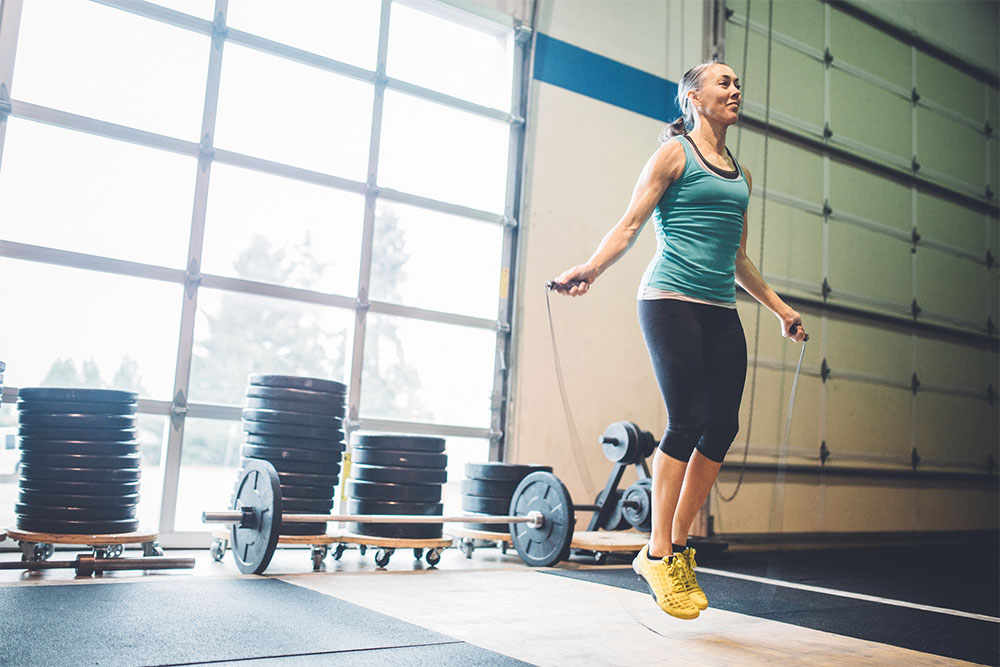

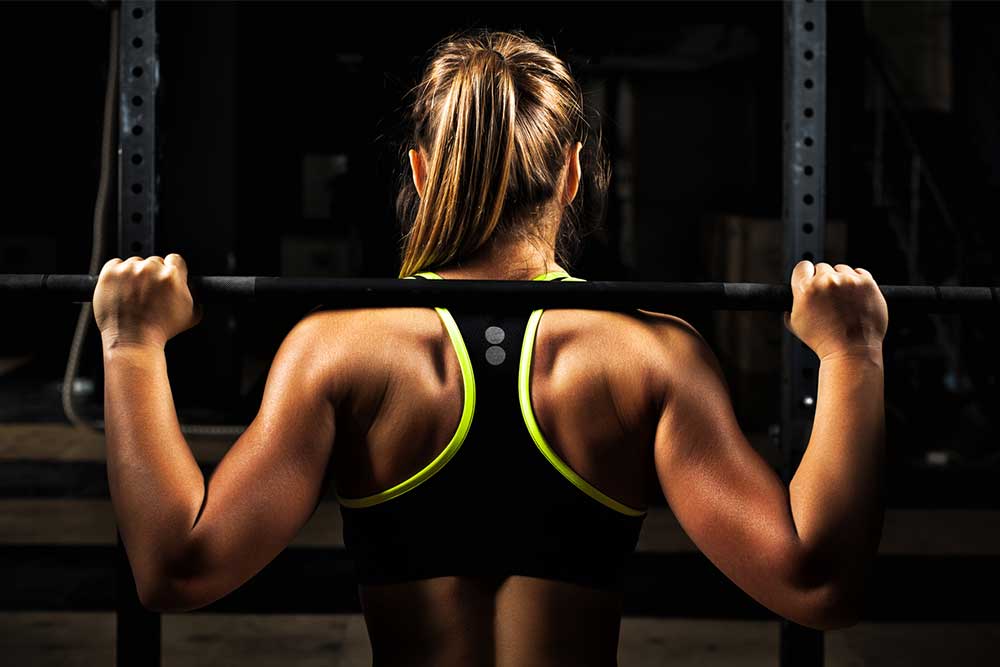
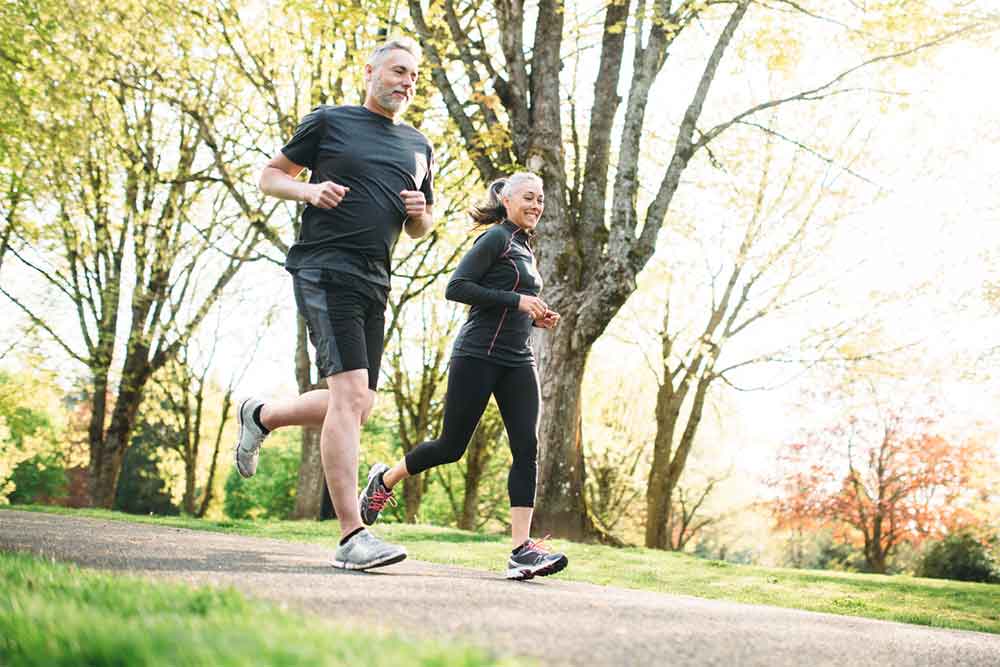


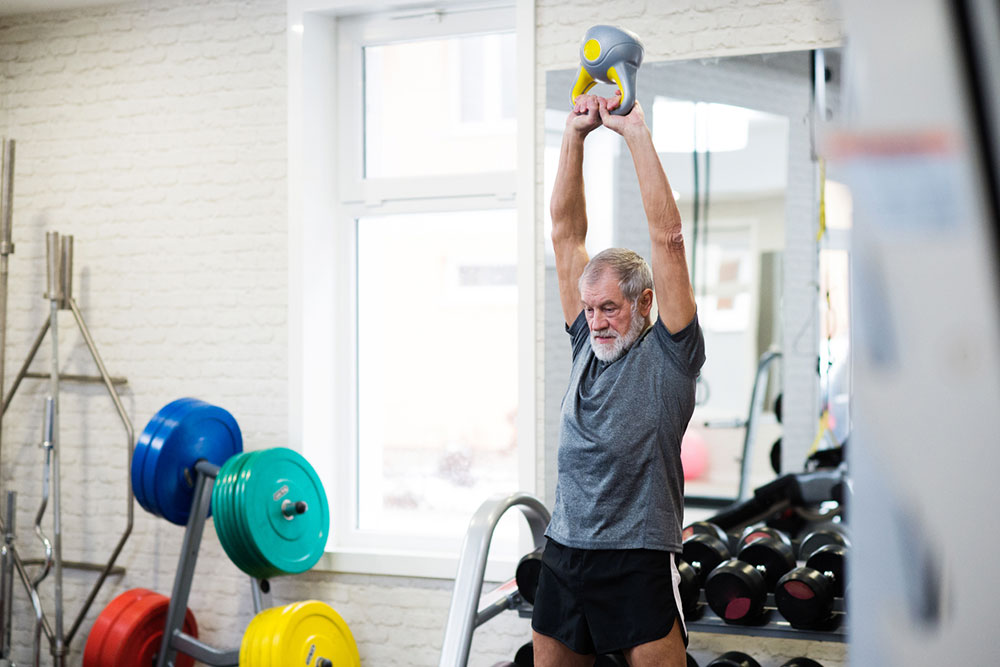


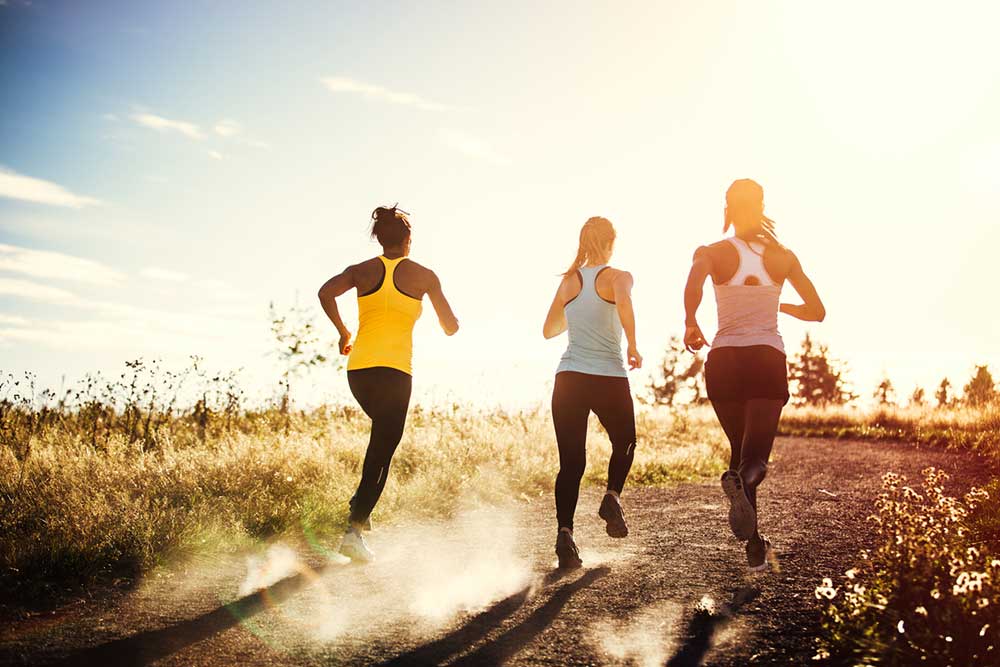

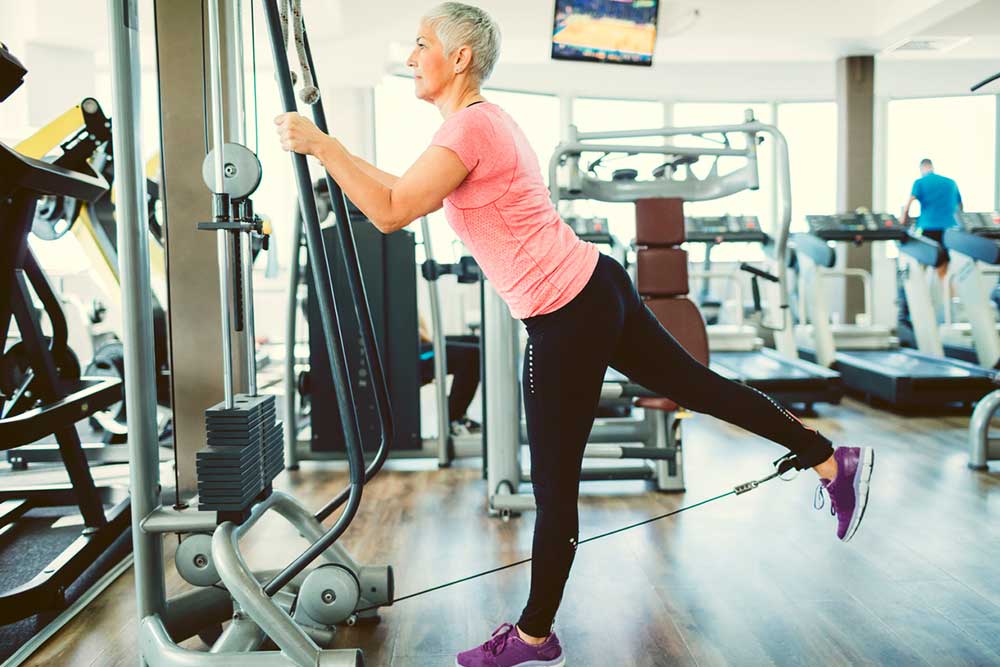
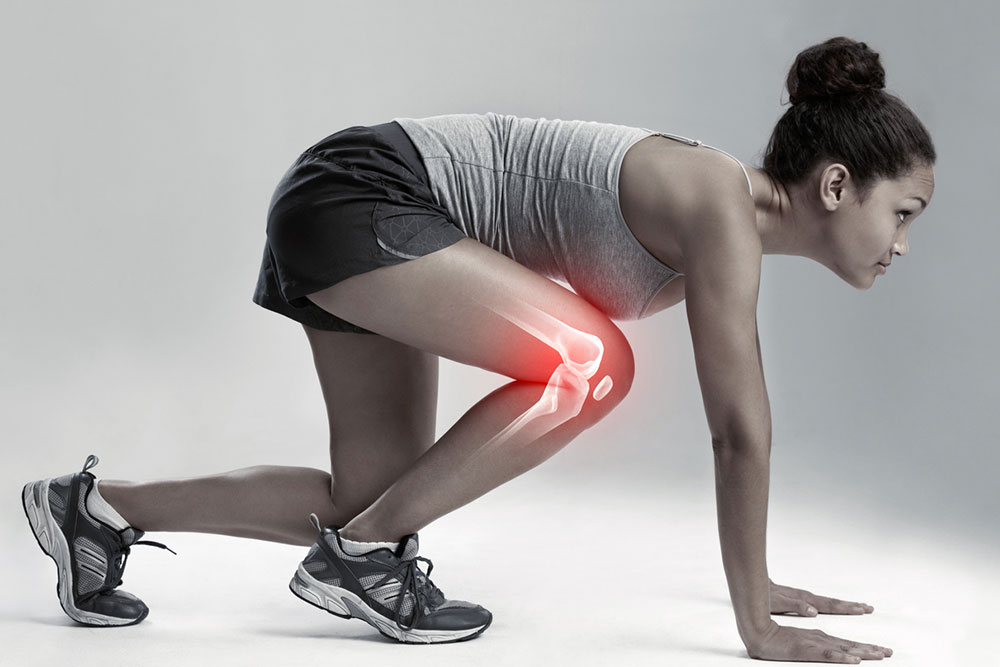
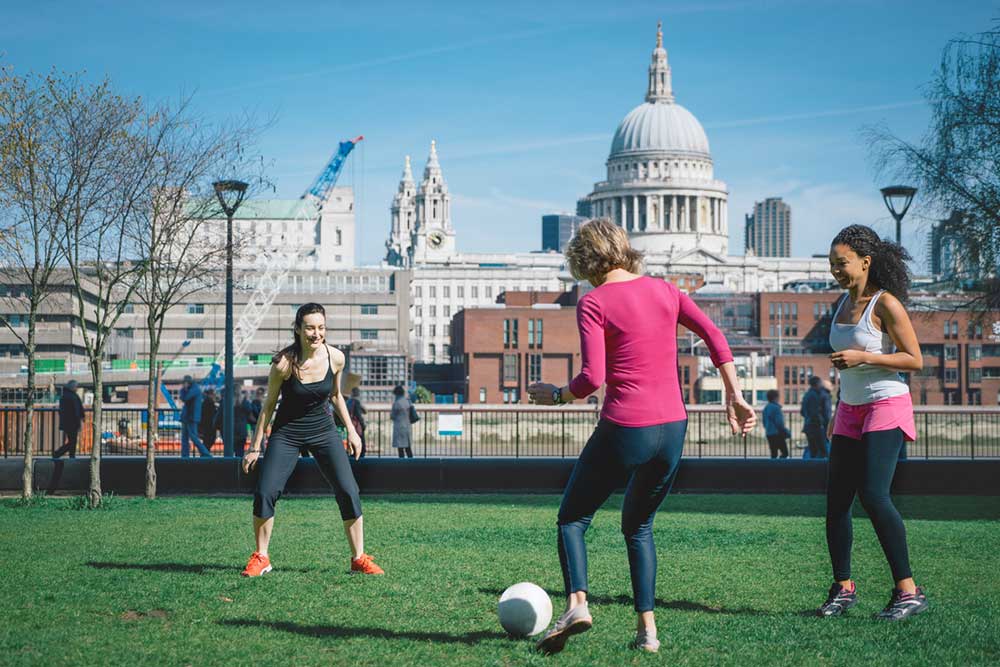
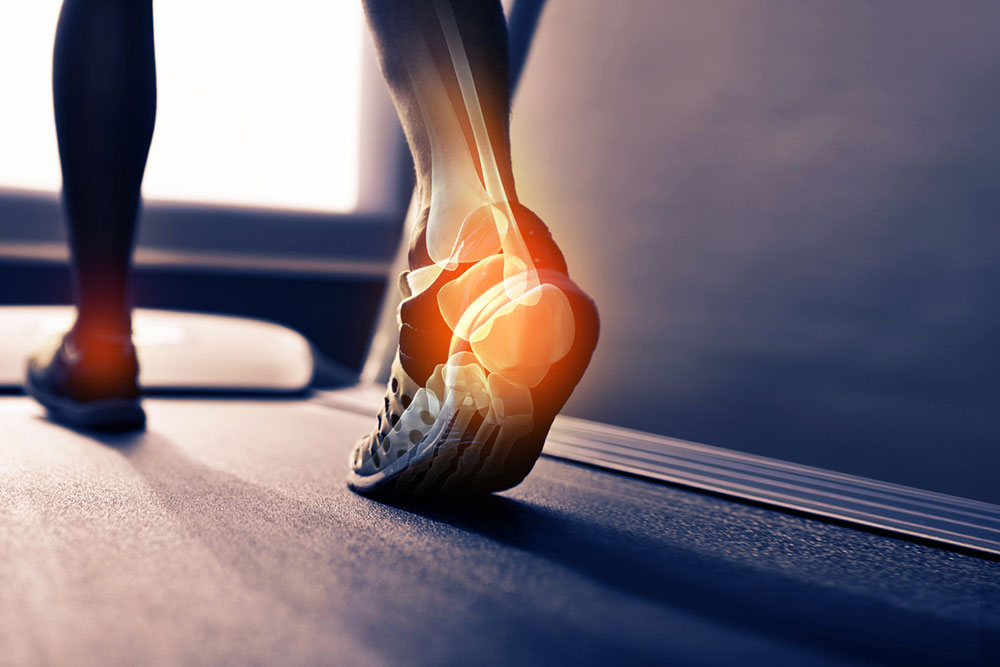
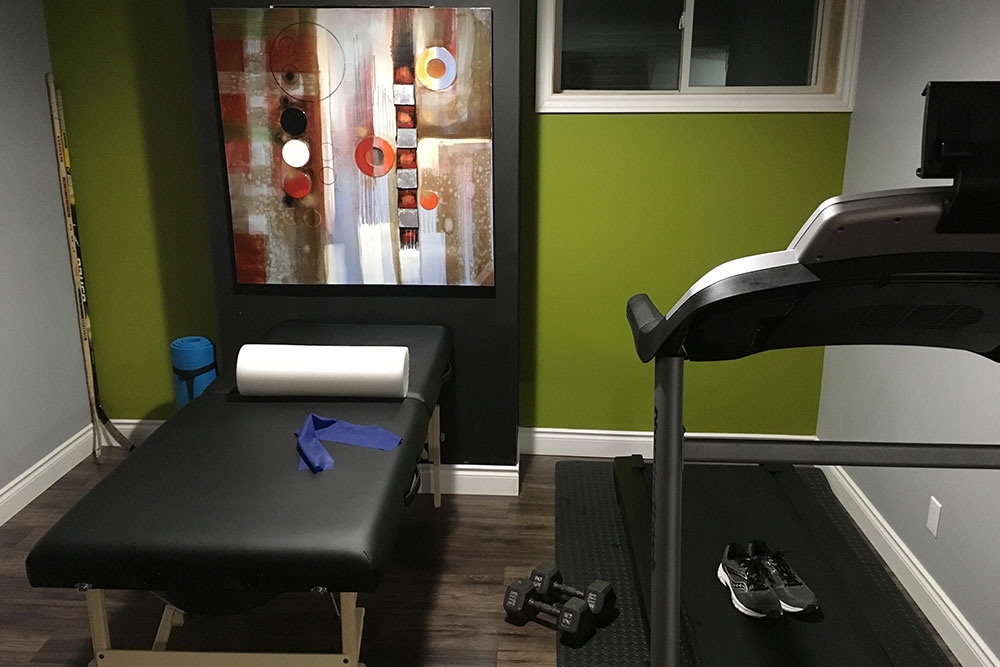


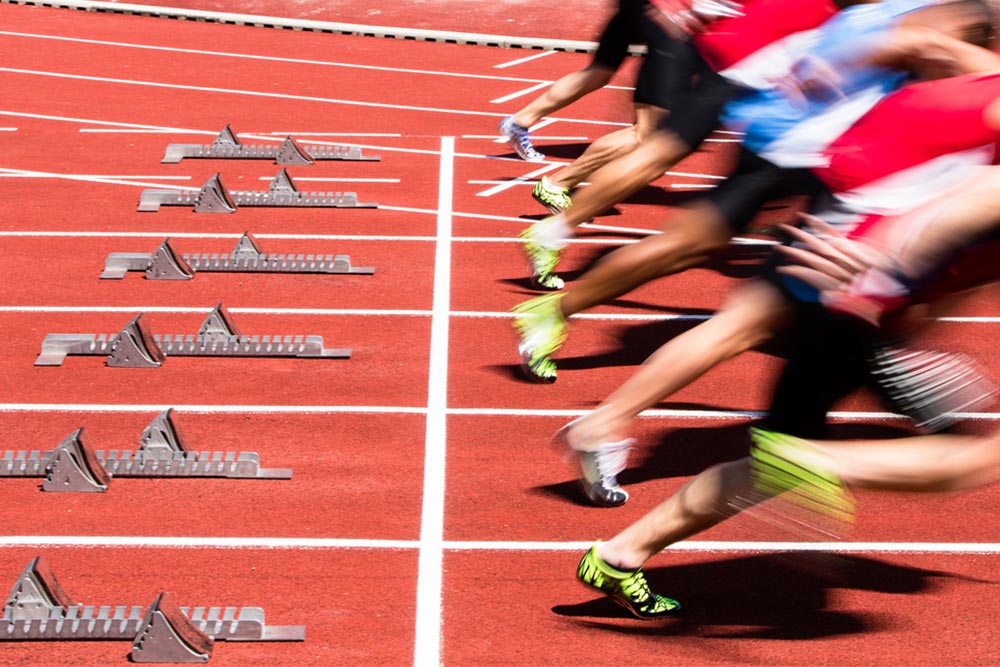
No comments:
Post a Comment